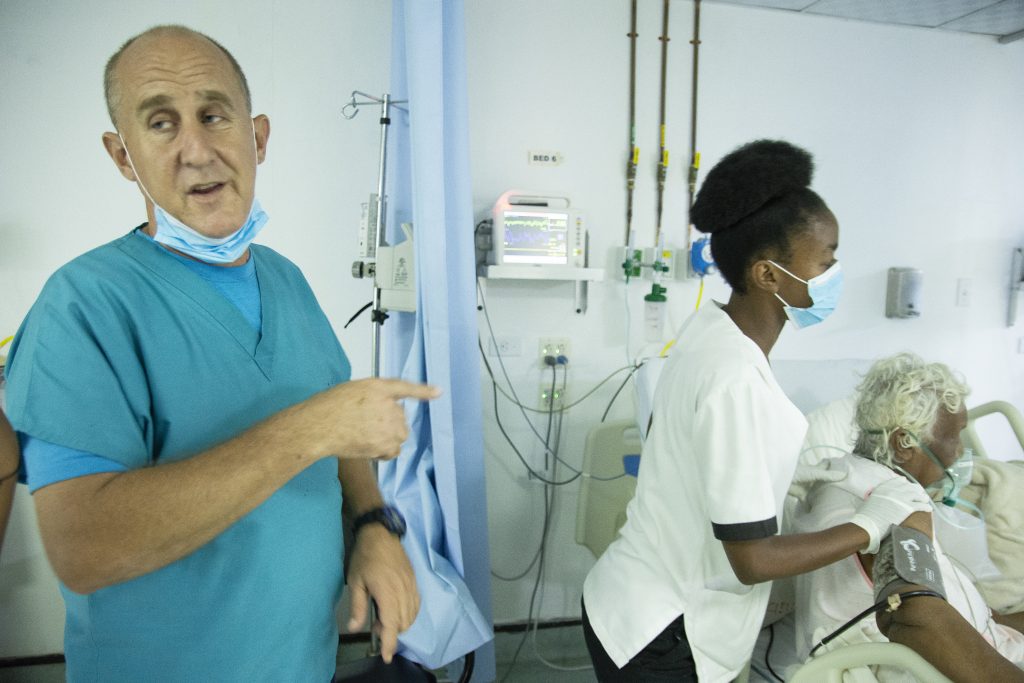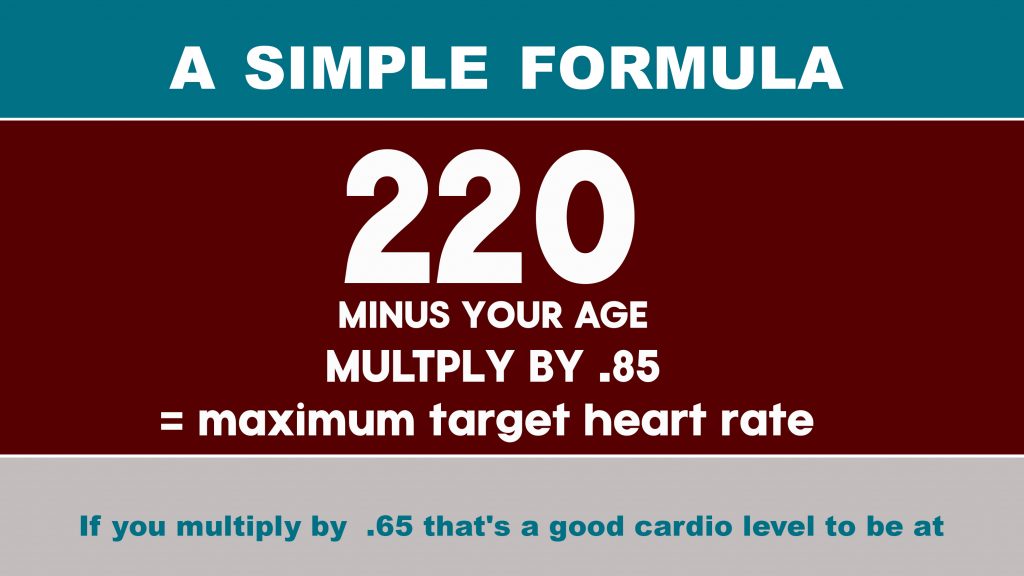By: Samuel Maughn
DECEMBER 13, 2013 is a day that will forever remain etched in the memory of 70-year-old Egbert Carter, as it’s the day he finally decided to take action after years of procrastination.
It all began as a fairly uneventful day, watching a bit of basketball on the ‘tele’ to while away the time, and having himself a ball rooting for his favourite team. Then suddenly, he felt a pain so acute, he could scarce describe it. “This is not normal,” he said to himself.
What Carter suffered that day back in 2013 was almost three decades in the making, as doctors had warned him since then that if he were not careful, he would suffer a heart attack.
“My first encounter,” he recalled, “was in 1984, which I never really took seriously and I should have.
“I was young at the time, and I felt that probably I was better off not worrying about it.”
Some may call it luck; others the Grace of God, but the one thing Carter knew for certain that night was that every minute counted; that the longer he took to get to the hospital, the closer he was to meeting his Maker.
That red-letter day back in 2013, Carter underwent what in medical parlance is called a Stent Surgery,followed by the implantation in late 2014 of a pacemaker to manage his irregular heartbeat.
Though thankful that both surgeries were a success, Carter soon came to realise that theraphy was equally as important.
REHABILITATION
But so too, he found, was rehabilitation, as according to medical practitioners, cardiac rehabilitation is a critical component of the recovery processfor those who undergo heart surgery.
According to Dr. Ernesto Gonzalez, Senior Physiotherapist and Supervisor at the Georgetown Public Hospital Corporation (GPHC) as well as at the Caribbean Heart Institute (CHI), Physiotherapy is a key component of rehabilitation.

As he explained, the first step on the road to recovery after surgery involves four main components:
- Helping the patient sit up;
- evaluating patient movement;
- putting the patient to stand and balance; and
- doing a six-minute walk test.
When the patient passes the six-minute walk test, Dr Gonzalez said, only then they are they allowed to start the recommended exercises.
Recommended Cardio exercises are:
1:Thirty (30) minutes per day of physical activities, which can either be brisk walking, running, swimming or biking.
2:The objective here, is that by the end of a week, you should have done at least 150 minutes of exercise.
This formula below shows how to calculate your maximum target heart rate

Director of the Public Health Ministry’s Disability and Rehabilitation Department, Ariane Mangar says her department is ready and capable of working with patients who need cardiac ‘rehab’ services, once they are referred by a cardiologist.
Mangar also suggests three possible locations to accommodate this service, which are the sports physiotherapy department at Castellani House; the physiotherapy section at the GPHC; or the physiotherapy section of the West Demerara Regional Hospital.
She stated that these three locations already have the necessary equipment and personnel needed to get the job done, including qualified therapists.
Although not enough, she said these are definitely good places to start.
Statistics from the Pan-American Health Organisation-World Health Organisation (PAHO/WHO) show that a third of all deaths in Guyana are due to cardiovascular diseases. It’s the highest cause of death, surpassing even HIV, suicide, accidents, and cancer.
It is, therefore, very important that persons begin to pay attention, and educate themselves on how to prevent, manage and minimise the effects of cardiovascular disease.
INSUFFICIENT RESOURCES
Of the 10 administrative regions in Guyana, Region Four (Demerara-Mahaica) has the most resources in the form of facilities, equipment and personnel, but the cardiac ‘rehab’ service, as it exists, is more centralised in the Georgetown area.
“It’s that way, because we have a shortage of appropriately trained personnel, and appropriate facilities to accommodate a proper cardiac ‘rehab’ programme,” Dr. Carpen said.
It is certainly needed in the other administrative regions, and every effort should be made to ensure that this is a part of cardiac patient management.
At the Georgetown Public Hospital alone, there are approximately three to five admissions per day with a heart attack, heart failure or a heart rhythm issue. That’s about 21 to 35 patients per week with cardiac-related diseases.
Said Dr Gonzalez, who hails from Cuba: “In Guyana, we need more; we need to do more workshops and train staff. In Cuba, it’s a big thing; but here they need to train the staff in cardiac ‘rehab’. So, we need to let overseas persons come to assist us, because cardiac ‘rehab’ changes everything.”
Put simply, cardiac rehabilitation is a complete makeover of the body; from the mental and physical aspect, to being able to experience satisfaction and the pleasures of life itself.
Currently, Dr Gonzalez said, patients are advised to exercise at home and also follow up with their doctor. “A lot more needs to be done in this area,” he reiterated.
His colleague, Dr Carpen, couldn’t agree more. Every aspect in Guyana’s healthcare system, he said, has significant room for improvement and room for growth, though
some areas receive more attention than others.
That aside, Dr. Carpen believes that more attention should certainly be paid to cardiac diseases and its management.
COMPLIANCE
Added to this, Dr. Carpen said, compliance is also needed, as many patients do not follow through with their therapies due to various challenges.
He also alluded to several “real concerns” and complex reasons why patients may not strictly follow the prescribed cardiac ‘rehab’ programme, one of which he said is access. Mangar, like Dr. Carpen, is encouraging persons to seek medical attention.



.jpg)








